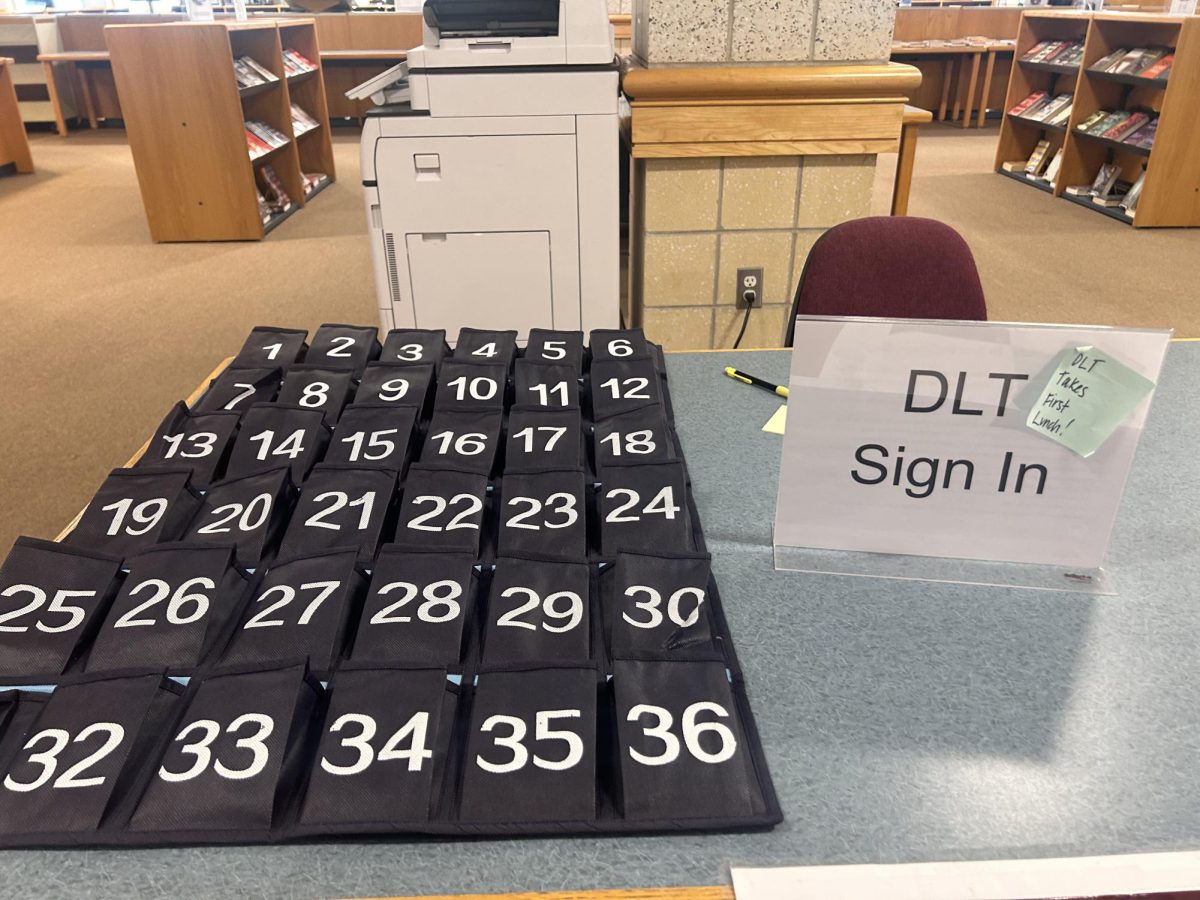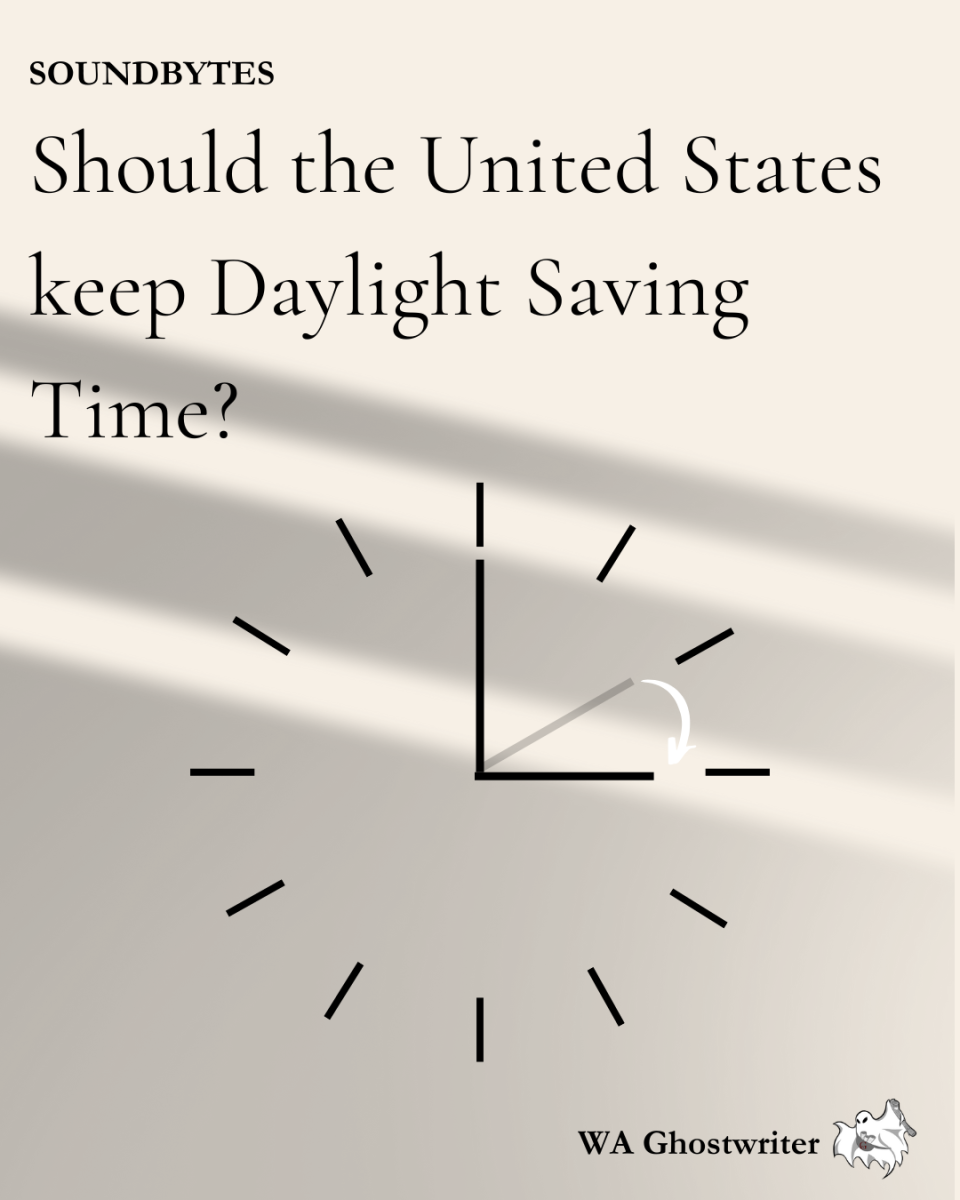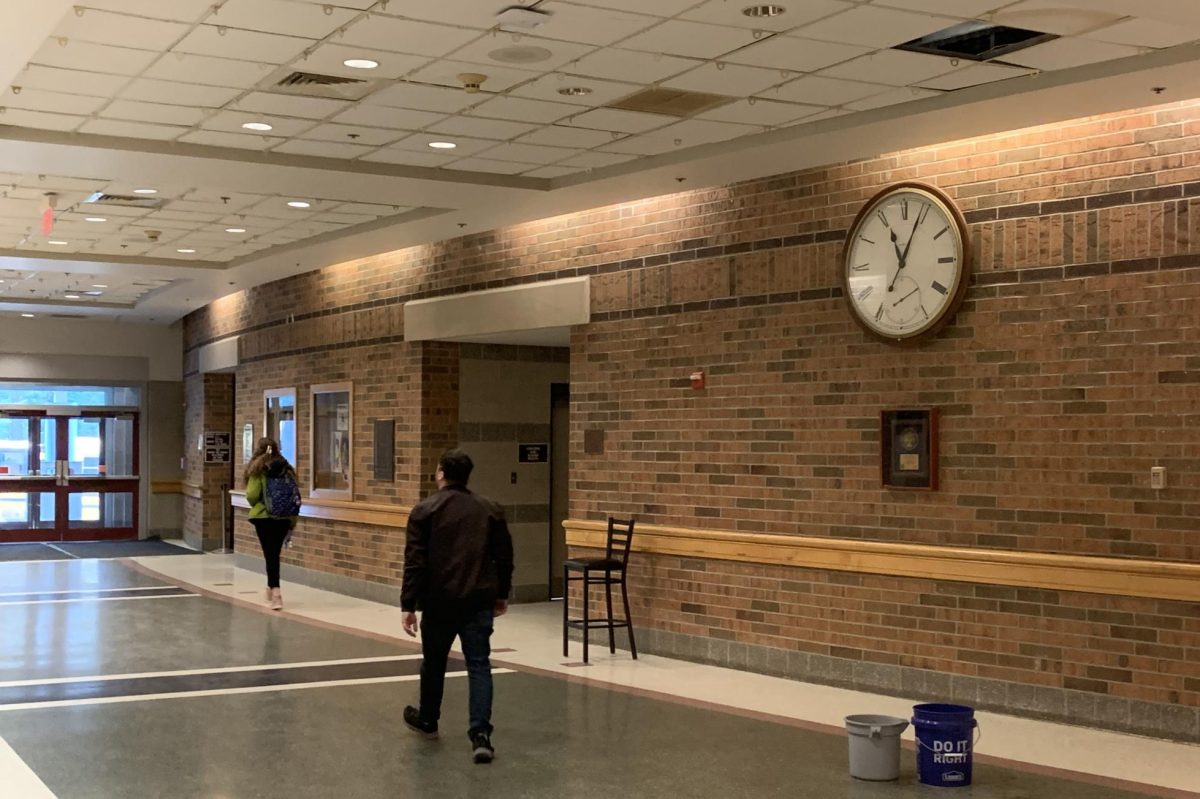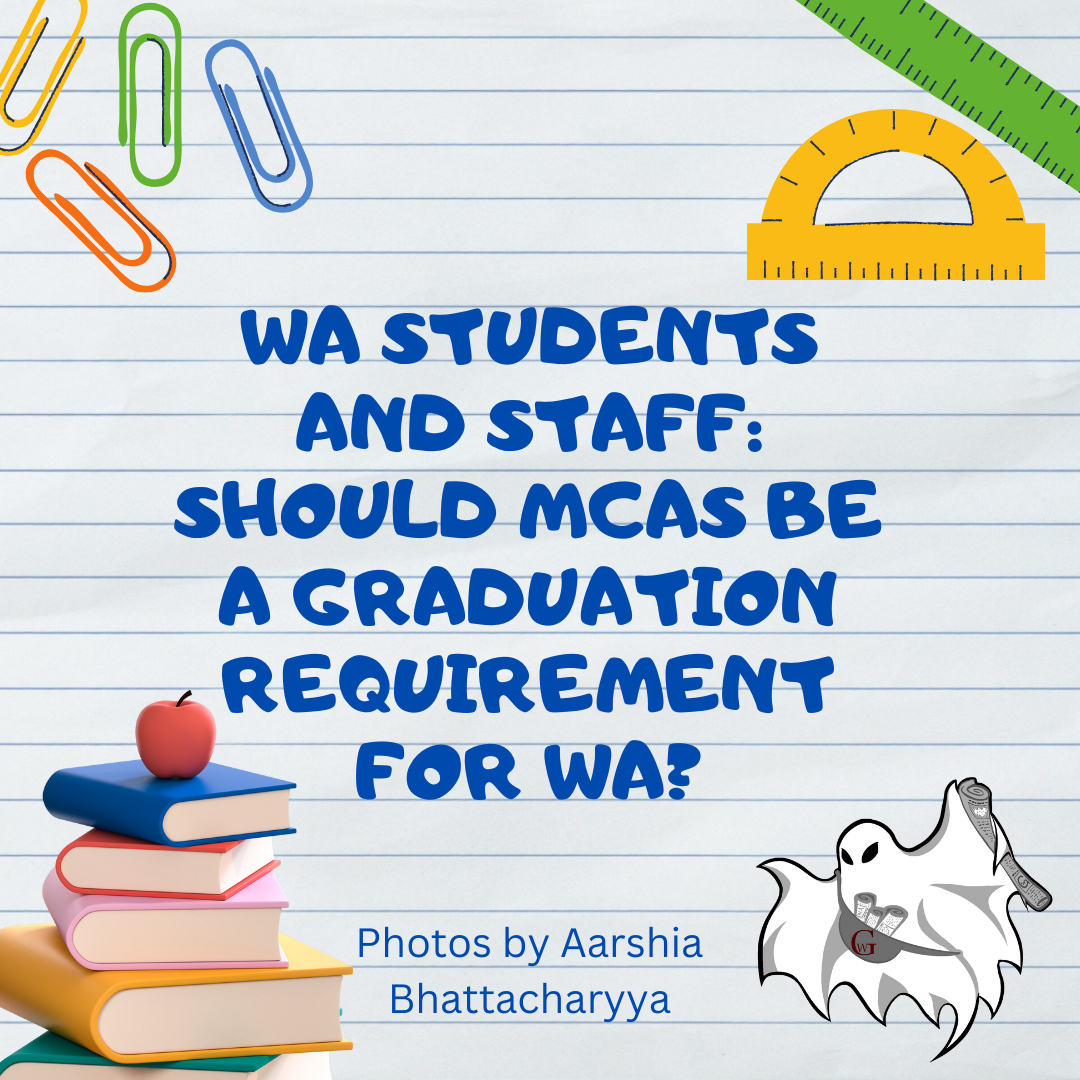Just a decade ago, the idea of using phones in classrooms was unimaginable. Fast forward to today, phones have become an indispensable part of our everyday lives, even when it comes to school.
Despite a heavy dependence on phones, the majority of students agree with placing restrictions on phone use during class periods, as it can help keep students focused and undistracted during classroom lectures and discussions. However, prohibiting phones during Designated Learning Times (DLTs) goes too far.
Phones can be a valuable resource when students are just catching up on schoolwork or taking a relaxing moment in their busy day. They can be used for productivity and educational apps, and allow students to refocus during DLTs before difficult classes.
This year, students are required to keep their cell phones in their bags or in phone jails during class periods. The policy was inducted following a “No Phone Week” in June. During the return to school this year, students noticed that they had to put their phones in phone pouches, or “phone jails” before entering the library for DLT.
Students often select DLTs to allow for one laidback and relaxing class period amongst a sea of difficult classes such as APs or honors. The pressure of school can be extremely suffocating, and sometimes students need a break to refresh and refocus before a test or in between tough classes. Taking away phones restricts students’ abilities to do this, as there is nothing to do on a Chromebook but study more after a student has finished all their work.
While some may argue that phones pose large distractions, especially in times that are designated for learning, it is important that as teenagers, we ultimately learn to overcome these distractions on our own. In college, there is plenty of unstructured time where students are free to study or do whatever they want. Having phones in DLT would prepare high-schoolers for college as we are forced to learn how to manage their time and resist distractions.
Although they are called “Designated Learning Times,” times have changed and phones can be a valuable tool for learning. For example, something that can be commonly seen in classrooms is students taking a photo of the whiteboard with the teacher’s notes to refer back to. This can be especially helpful in math classes or problem-based questions, as when a teacher is quickly going over a problem a student does not understand, the student can take a photo of the problem and then revisit the problem to look at the teacher’s steps. The phone caddies take away a student’s ability to refer back to these types of notes, therefore taking away the main purpose of DLTs.
Prohibiting phones in DLT also restricts the access students have to educational apps, such as Quizlet, Kahoot, and Knowt. These apps can make learning more engaging and interesting, while also allowing students to memorize and review their notes or vocabulary. Although it is possible to use these websites on a Chromebook, applications such as Quizlet are easier to use on a mobile device, and others, such as Kahoot or Gimkit, are easier to use when opened on two devices.
Phones can also be used to listen to music during DLT, which is a common method students use to decompress and destress during a difficult day. While music applications can be used on Chromebooks, it can be difficult to connect wireless earbuds or to log into applications such as Spotify or Apple Music on school-owned devices. Additionally, students with IEP or 504 plans that allow them to listen to music throughout the day are negatively affected as they do not have access to their phones.
Other than lunches, DLT students have very little time during the day to take breaks between classes. Studies show that taking purposeful breaks from studying increases your energy, productivity, and ability to focus. As a junior with a lot of homework, it can be difficult for me to get started on homework or complete it at all because of how daunting the amount of homework is. However, listening to music while completing homework always helps me reduce my procrastination. It helps me destress and motivates me to do the homework, and I know that many other students feel the same way.
With phones, students can set reminders for assignments and homework as notifications on their phones. Students can also use their phones to set alarms to time block their studying; a time management method where one divides their day or a specific period of time into blocks of time. Each block is dedicated to a specific task or group of tasks, and in this case, students can dedicate different blocks of their time during DLT to different school subjects.
The world is constantly changing, and our policies and rules must change with them. With the high level of technology we have today, we must recognize how technology has changed the way we learn, study, and teach. Students heavily depend on their electronic devices, especially phones, for studying, whether it be for online flashcards, digital planning for schoolwork and weekdays, or some music to make studying more engaging. As students, we must advocate for our wants and needs, by giving constructive feedback on social media polls and communicating with class officers, student government representatives, and administration.








